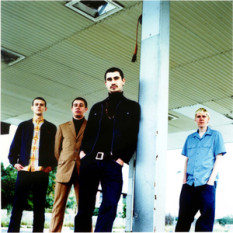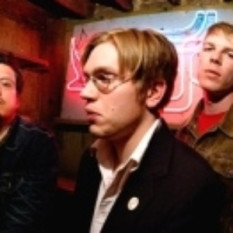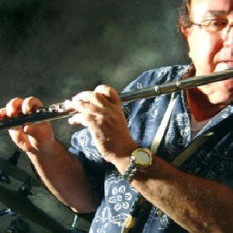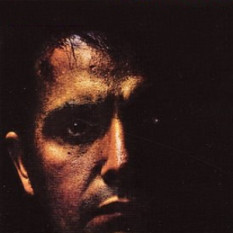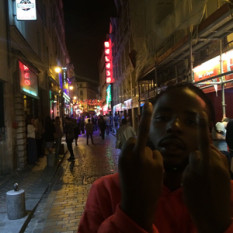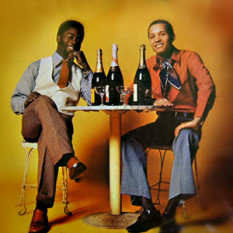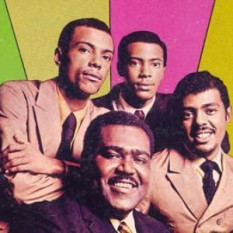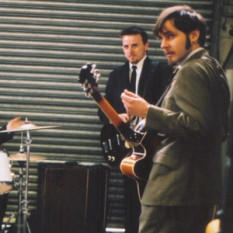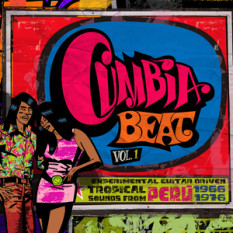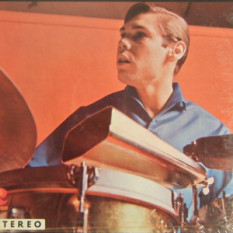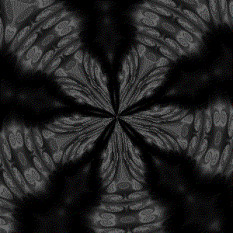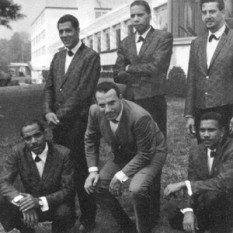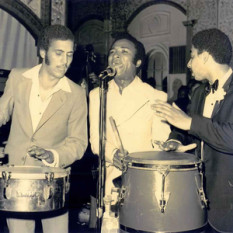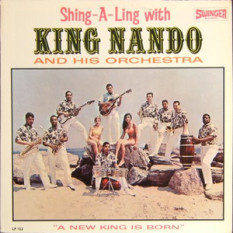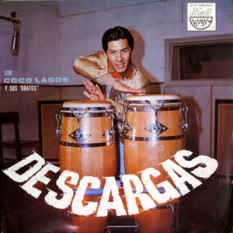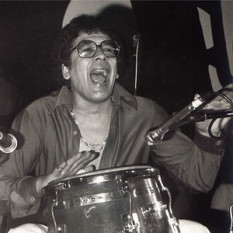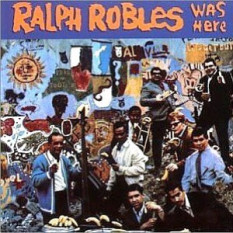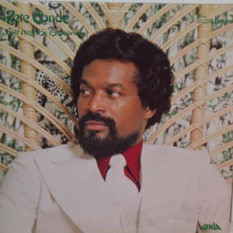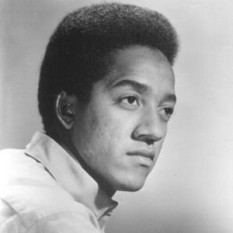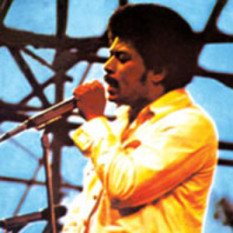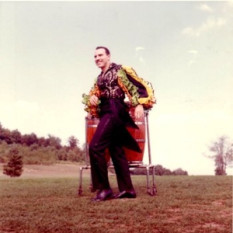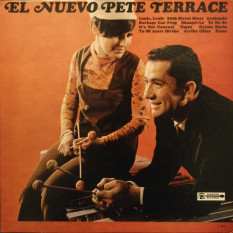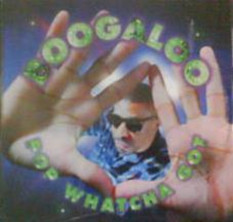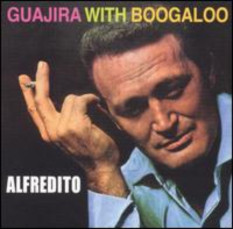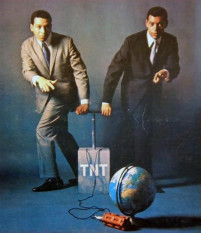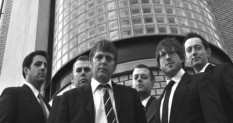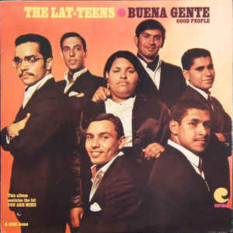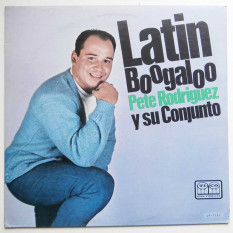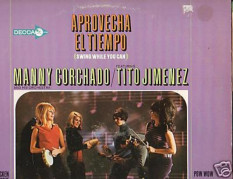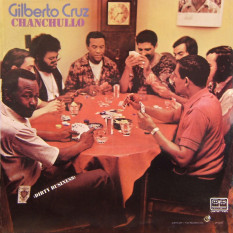In the 1950s and 60s, African Americans in the United States listened to a number of styles of music, including jump blues, R&B and doo wop. Puerto Ricans in New York City shared in these tastes, but also listened to genres like mambo or chachacha. There was much intermixing of Latinos, especially Puerto Ricans and Cubans, and African Americans, and clubs that catered to both groups tried to find musical common ground to attract both. Boogaloo was the result of this search, a marriage of many styles including Cuban son montuno, guajira, guaracha and mambo and most uniquely, American R&B/soul.
Boogaloo can be seen as "the first Nuyorican music" (René López), and has been called "the greatest potential that Cuban rhythms had to really cross over in terms of music" (Izzy Sanabria). Styles like doo wop also left a sizable influence, through Tony Pabón (of Pete Rodríguez Band), Bobby Marín, King Nando, Johnny Colón and his vocalists Tony Rojas and Tito Ramos. Puerto Ricans (Herman Santiago and Joe Negroni) played a foundational role in the major doo wop group Frankie Lymon & the Teenagers. Herman Santiago was the author of the groups number 1 hit "Why Do Fools Fall In Love".
Though boogaloo did not become mainstream nationwide until later in the decade, two early Top 20 hits came in 1963: Mongo Santamaria's performance of the Herbie Hancock piece "Watermelon Man" and Ray Barretto's "El Watusi". Inspired by these two successes, a number of bands began imitating their infectious rhythms (which were Latinized R&B), intense conga rhythms and clever novelty lyrics. Some long-time veteran Latin musicians played an occasional boogaloo number, including Perez Prado and Tito Puente, but most of the performers were teenagers like The Latin Souls, The Lat-Teens, Pucho & His Latin Soul Brothers, Joe Bataan, Joe Cuba Sextet, and The Latinaires.
The older generation of Latin musicians have even been accused of initially using their influence to repress this youth-oriented movement. The term boogaloo was probably coined in about 1966 by Richie Ray and Bobby Cruz. The biggest boogaloo hit of the 60s was "Bang Bang" by the Joe Cuba Sextet, which achieved unprecedented success for Latin music in the United States in 1966 when it sold over one million copies. Other hits included Johnny Colón’s "Boogaloo Blues," Pete Rodríguez’s "I Like It Like That," and Hector Rivera’s "At the Party". Boogaloo also spread to Puerto Rico, where top band El Gran Combo released some material. Though the dance craze was over by the turn of the decade, boogaloo was popular enough that almost every major and minor Latin dance artist of the time recorded at least a few boogaloos on their albums.
The same year as Joe Cuba's pop success, 1966, saw the closing of New York City's Palladium Ballroom, a well-known venue that had been the home of big band mambo for many years. The closing marked the end of mainstream mambo, and boogaloo ruled the Latin charts for about two years before salsa music began to take over.
Boogaloo remains extremely popular to this day in Cali, Colombia, where the genre is played extensively, along with salsa and pachanga, in various FM and AM radio stations and hundreds of dance clubs. Caleños sometimes speed up Cha Cha Cha and Boogaloo tunes from 33 to 45 RPM to suit the tastes of the dancers there for faster music.
When the 1970s rolled around, the genre electric boogaloo evolved as a distant sub genre and is sometimes used synonymously with electro-hop, and both of these had connections to this early dance music. .

